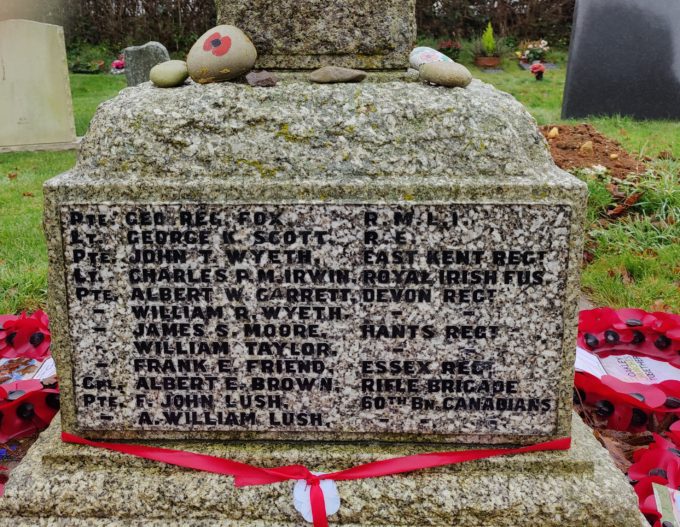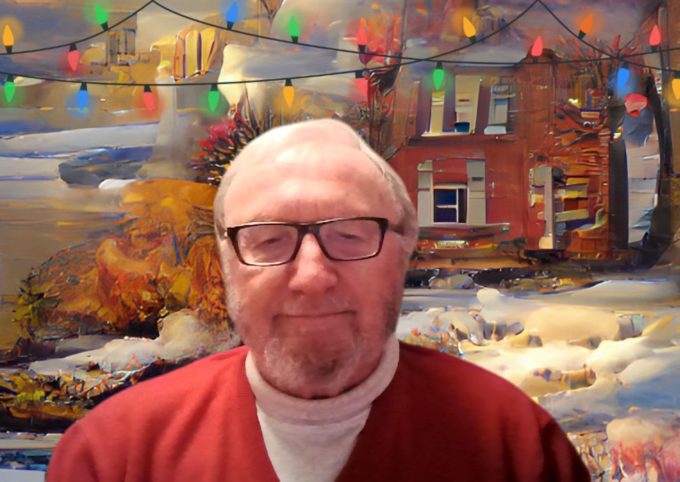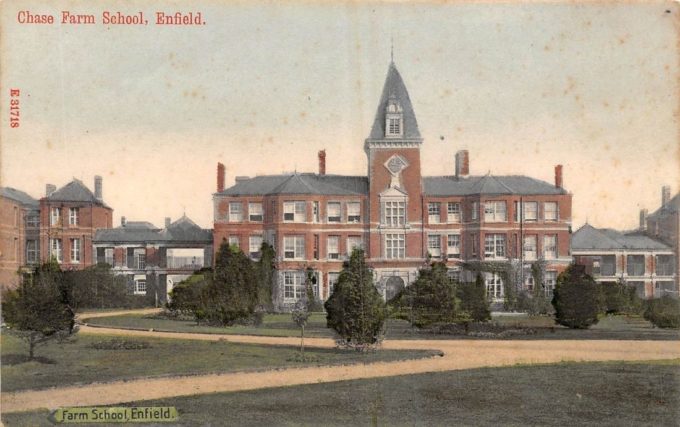British Newspaper Archive December Additions
 The British Newspaper Archive now has a total of 46,849,782 pages online (46,334,622 last month). A year ago there were 40,568,308 pages online.
The British Newspaper Archive now has a total of 46,849,782 pages online (46,334,622 last month). A year ago there were 40,568,308 pages online.
This month 123 papers had pages added (172 in the previous month). There were 16 (37) new titles. Dates range from 1704 to 1999.
Journals with more than 10,000 pages added are:
Diss Express: 1956-1970, 1992, 1999
New Milton Advertiser: 1932-1958
Railway News: 1864-1918
Ulster Echo: 1874-1890, 1897-1908
Cork Weekly News: 1883-1923
Liverpool Journal of Commerce: 1861-1862, 1864-1867, 1869, 1871, 1890-1891, 1897, 1899-1905
Newark Advertiser: 1862, 1864-1865, 1868-1869, 1871, 1876, 1878-1891, 1897, 1904-1905, 1908-1909, 1911, 1914, 1917, 1958, 1963, 1966-1968
Irish Weekly and Ulster Examiner: 1891-1899, 1901-1926
Western People: 1889-1891, 1893-1912
Bromley & West Kent Mercury: 1919-1950
India: 1890-1921
South London Mail: 1888-1906
Legacy Family Tree Webinars in 2022
The schedule of Family Tree Webinars presentations is out.
As usual, there are many to choose from, all free if you watch them live or within a week of the live presentation. You can reserve your space, and record it in your calendar so you don’t forget, from the listing at https://familytreewebinars.com/upcoming-webinars/?list_view=true&multiple=true
There are new initiatives too!
If you subscribe you have access to all these, some extras, the whole back catalog, and the handouts.
Yuletide R&R: from the NFB
Thanks to Gail Roger for the idea.
A bonus NFB classic
Yuletide R&R: Christmas in Ottawa
Weather permitting, here’s some inspiration to get out and enjoy the season.
Yuletide R&R: Pam Ayres
Yuletide R&R: The Absurdity of the British Empire
Military Monday
 While walking in England I passed a small churchyard with a Commonwealth War Graves Commission sign at the entrance. The iconic CWGC headstone was near the front to the left of the path, on the other side was a war memorial. Two names at the bottom stopped me short — Pvt F John Lush and Pvt A William Lush, both of the 60th Battalion Canadians.
While walking in England I passed a small churchyard with a Commonwealth War Graves Commission sign at the entrance. The iconic CWGC headstone was near the front to the left of the path, on the other side was a war memorial. Two names at the bottom stopped me short — Pvt F John Lush and Pvt A William Lush, both of the 60th Battalion Canadians.
Were they brothers? Why were they on a Hampshire war memorial?
CWGC records soon provided the answer.
Record Canada Immigration in 2021!
The government press release Canada welcomes the most immigrants in a single year in its history — Government reaches target of 401,000 new permanent residents in 2021 — is good news.
Being permanent residents, rather than the immigrants of 1913, it could be even better news than “Surpassing the previous record from 1913, this is the most newcomers in a year in Canadian history” might imply.
Given political niceties, I’m not surprised to see “With the significant exception of Indigenous people, all Canadians originally come from somewhere else,” ignoring the widely accepted African origin of all homo sapiens.
Yuletide R&R: Parking Ticket Story
Merry Christmas, Happy Holidays

A snazzy background created by wombo.art – artwork using the power of AI. Try it.
Christmas in the Orphanage
 Christmas 1899 was the first my orphaned grandfather was at Chase Farm Schools in Enfield, North London. How was his day?
Christmas 1899 was the first my orphaned grandfather was at Chase Farm Schools in Enfield, North London. How was his day?
A post-Christmas column in the Middlesex Gazette through the years he was there reported much the same program, the articles a rewrite from the previous year with the numbers and names updated.
The issue for Saturday, December 29, 1900, under the heading Festivities at the Chase Farm Schools, started —
At these Poor Law Schools the Christmas season was observed in time-honoured fashion. While the Guardians granted special fare, private sources yielded many a delight for the nearly 400 children who receive a thoroughly sound all-round training at this institution. And nowhere do the staff of any similar schools enter more heartily into the spirit of the season than do those at Chase Farm; with the result that, as formerly, nearly every room presented quite a festive appearance; and it is pleasing to know that the little ones have realized the joys of a Happy Christmas.
Early astair on Christmas morning, they were furnished with an abundant breakfast, after which the children attended the service at St Michael’s Church, returning with hearty appetites for the great event – the Christmas dinner. That they were not stinted in this particular is shown by the fact that the viands placed before them included 12 stones weight of beef and 15 of roast pork, with potatoes, followed by 36 – 17 lb plum puddings! We can only hope that the medical officer has not been unduly taxed at the Schools since then. After the dinner each child received a parcel containing apples, oranges, dates, sweets, nuts, biscuits, etc. It was, indeed, a happy, if large, dinner party that assembled in the dining hall; and the proceedings were made the more gladsome by the strains of the Schools Band. The spacious apartment was quite a picture in its decorative glory. Gaudily-coloured paper chains cross and re-cross overhead; attractive devices brightened up the walls; and there smiled down upon the juvenile diners the wish, in large lettering, “The Happiest of Christmas Days, the Brightest of New Years to You”; while, in sequence, around the walls ran this kindly wish: –
“May the sunshine of success,
all our labours crown and bless;
and make bright the onward way
This, and every Christmas Day.”
The amounts work out to be for each child 6.7 oz of beef, 8.4 oz of pork, and 1.5 lb of plum pudding. Even allowing for feeding the staff and guardians in attendance the amount is generous, perhaps as well the 1910 report mentions that “The whole of the viands enumerated above were not consumed on Christmas Day. Enough is provided to ensure a special spread on New Year’s Day.”

